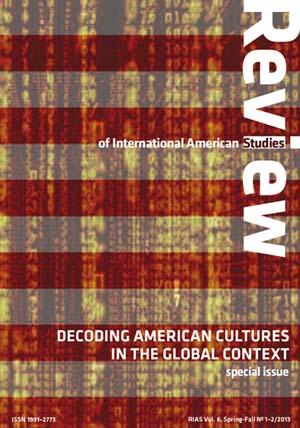AMERICAN WOMAN REFORMERS IN CHINA and the Paradox of Internationalism, 1910s–1930s
AMERICAN WOMAN REFORMERS IN CHINA and the Paradox of Internationalism, 1910s–1930s
Author(s): Motoe SasakiSubject(s): Language and Literature Studies, Studies of Literature, Other Language Literature, Cultural Anthropology / Ethnology
Published by: Wydawnictwo Uniwersytetu Śląskiego
Summary/Abstract: Louise Farnam, a graduate of Vassar and a PhD/MD from Yale, landed in China in the Autumn of 1921 filled with the idea that ‘a great and ancient cultured people were looking to me and my likes for instruction in some of the branches of Science which they had not happened to develop’ on their own. From the mid 1910s on, and in particular after World War I, young college-educated women like Farnam took up careers in education and set sail for foreign countries under the auspices of organizations such as women’s foreign missionary societies and the YWCA. The most popular destination for these women was China. Although they supposed China was out of step with the modern world, as such, they did have high hopes for China, its people, and its culture. Women like Farnham, in general, held fast to an internationalism based on the emerging then ideas of cultural relativism—a view that cultures should be understood on their own terms, rather than by the standards of others. These women thus saw their mission in China to be the enhancing of internationalism—a basis for the cross-fertilization of different cultures—by spreading democratic ideals through their educational projects there.Such reform-minded female apostles of internationalism were often affiliated with schools of higher and professional learning for women, which had been established through the efforts of missionary women, many of whom had come to China in the late nineteenth century through the Student Volunteer Movement for the Foreign Mission (SVM). With the increasing influence of the Social Gospel movement at the turn of the century, the SVM, along with other liberal Protestant groups, put emphasis on offering ‘salvation through social, medical, and educational agencies’ (Hutchinson, 1987: 111). As part of this project, missionary women established educational institutions for women in China, most of which were modeled after schools in the US. Reform-minded young American women joined these institutions as teachers and took part in educational enterprises to create the so-called ‘New Chinese Women’ who would venture out from the domestic sphere to become modern and independent, just like them.
Journal: Review of International American Studies
- Issue Year: 6/2013
- Issue No: 1-2
- Page Range: 111-130
- Page Count: 20
- Language: English

